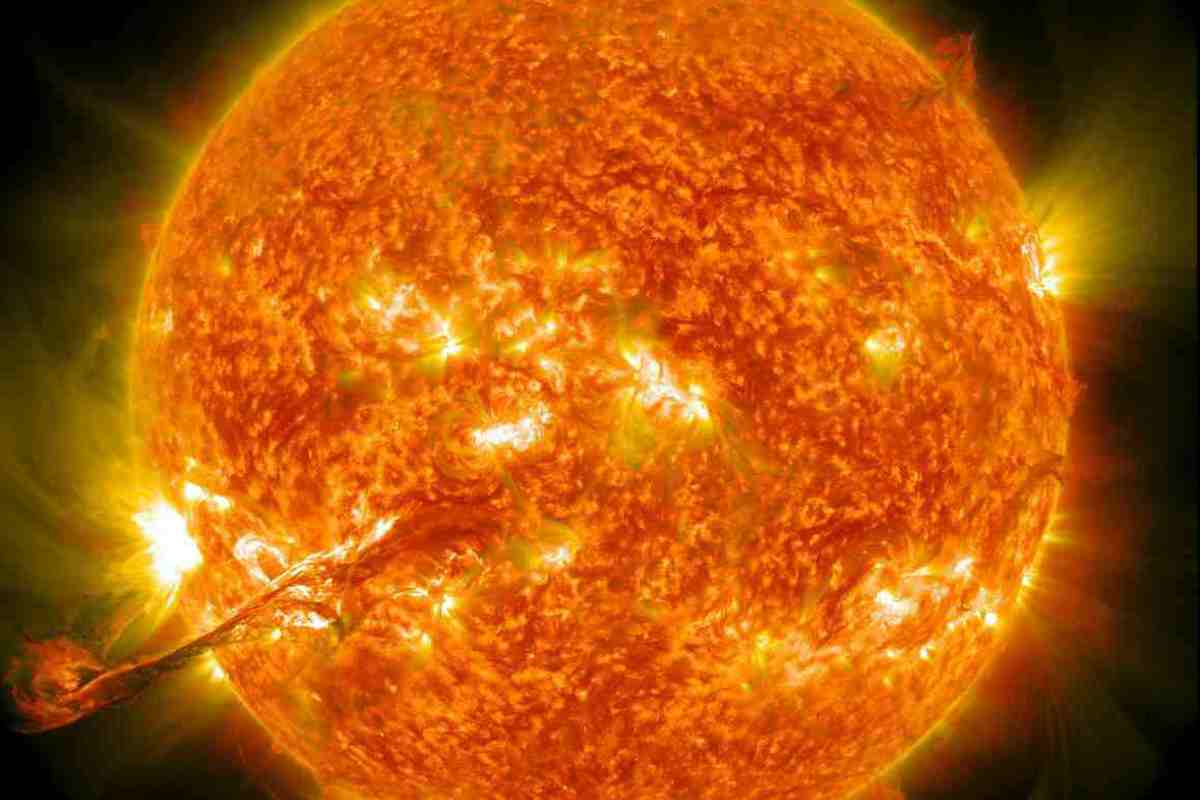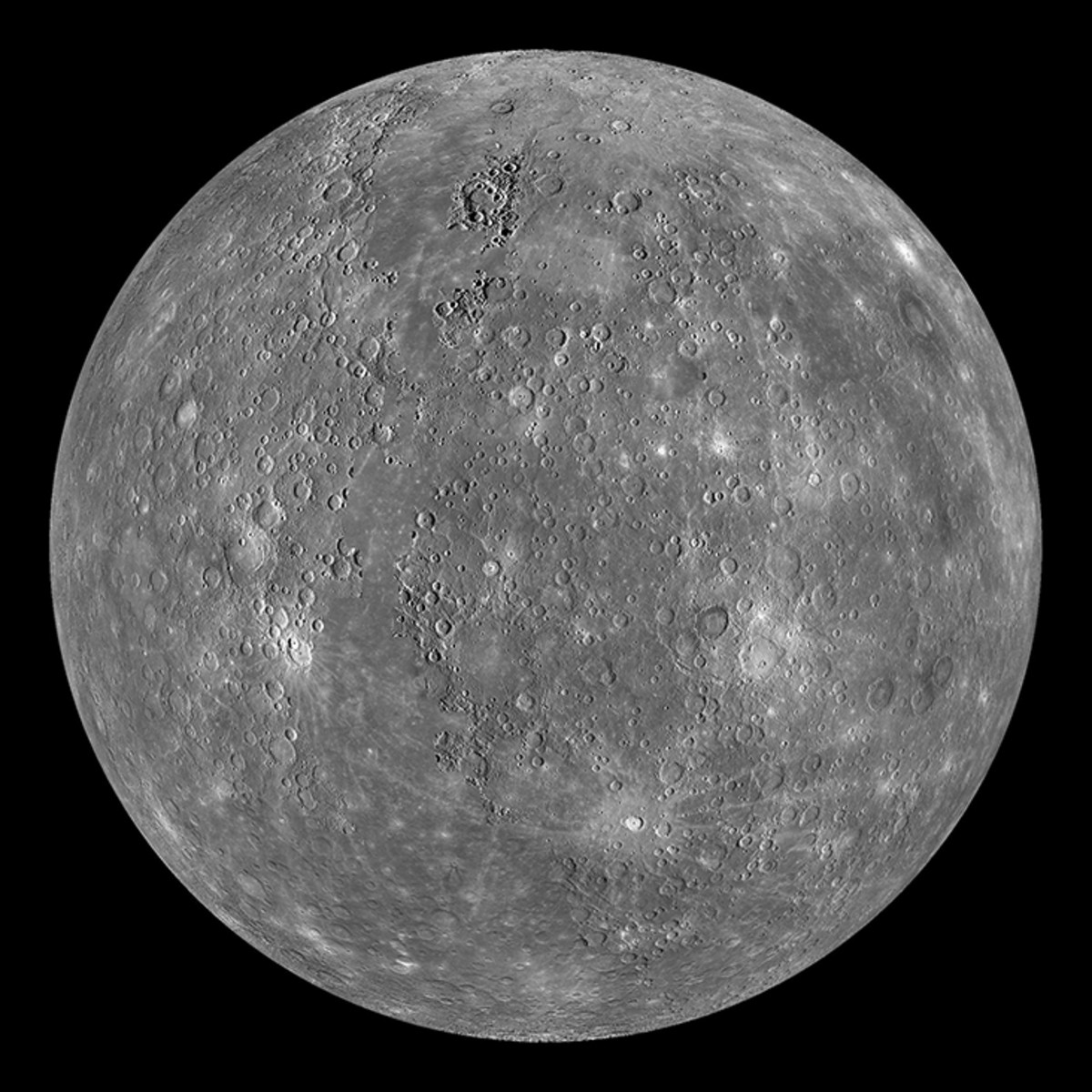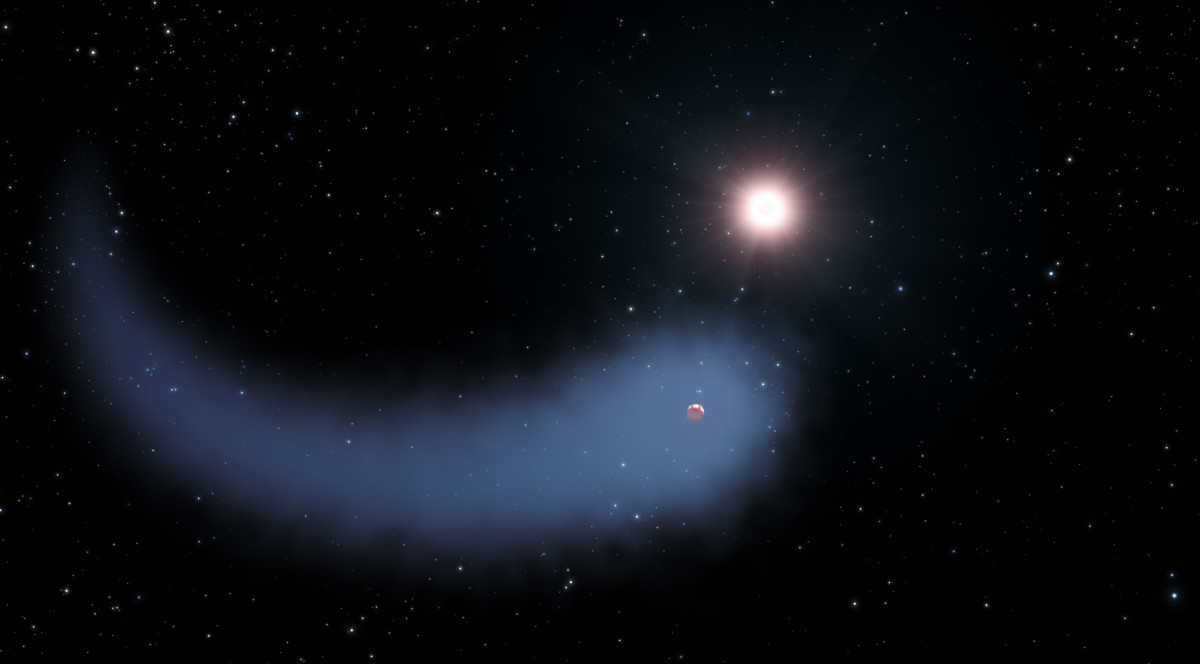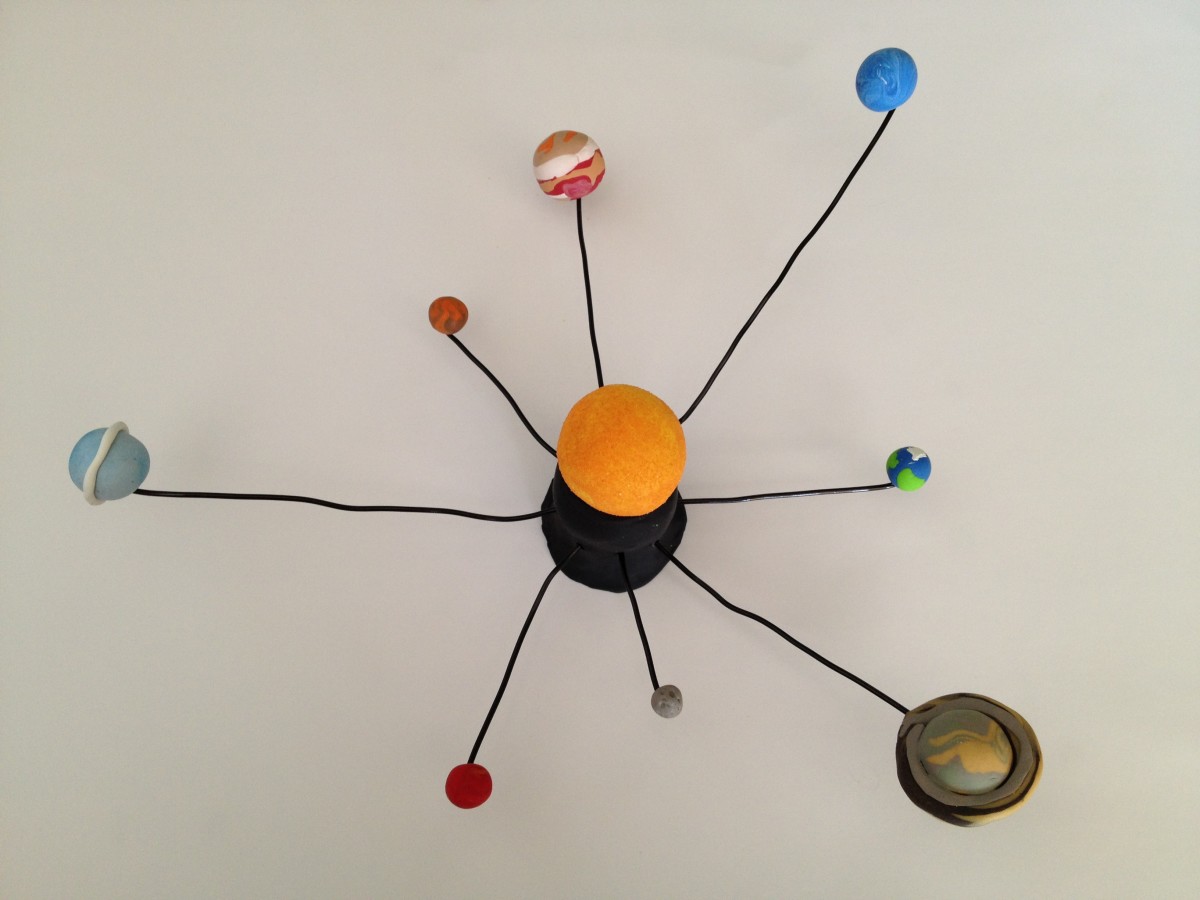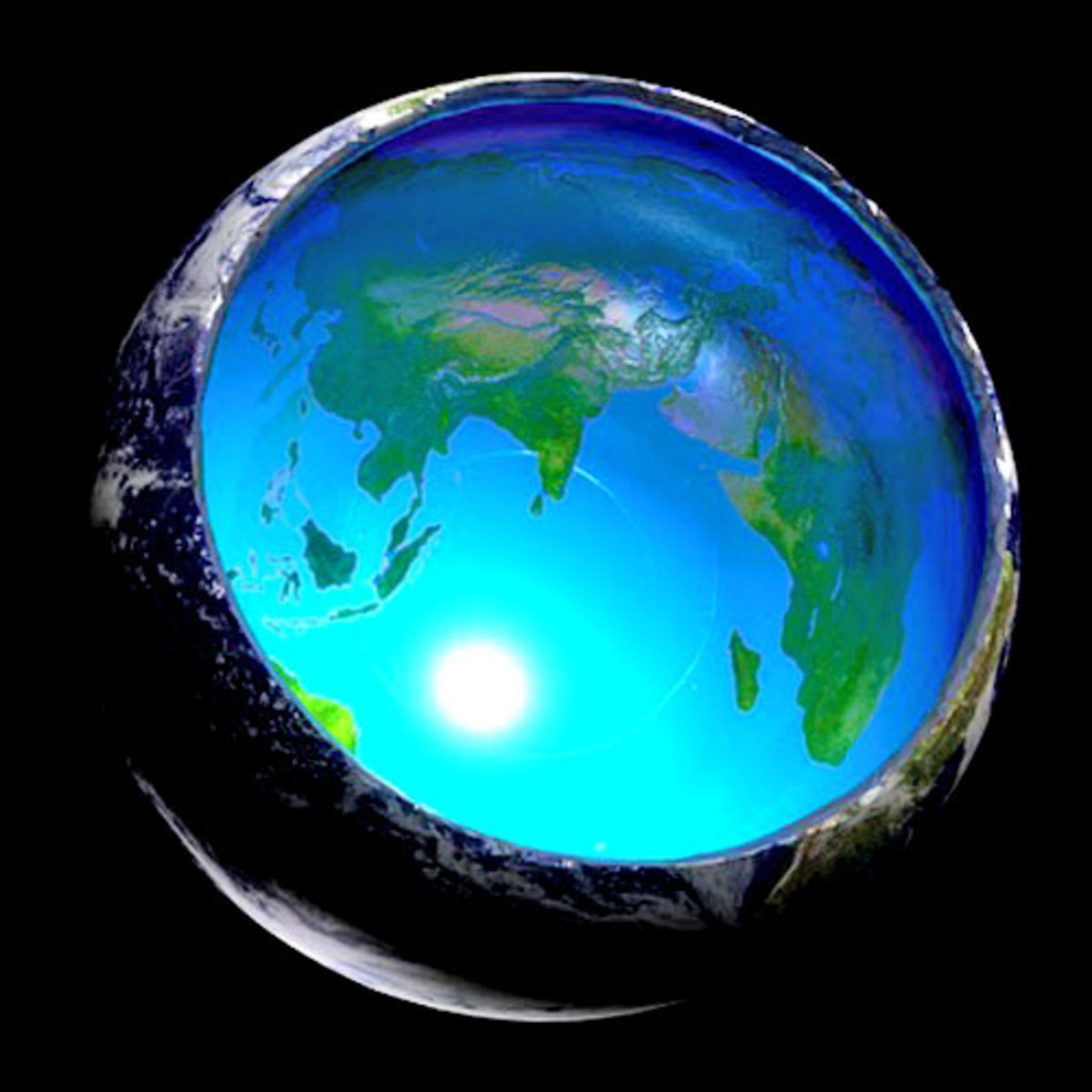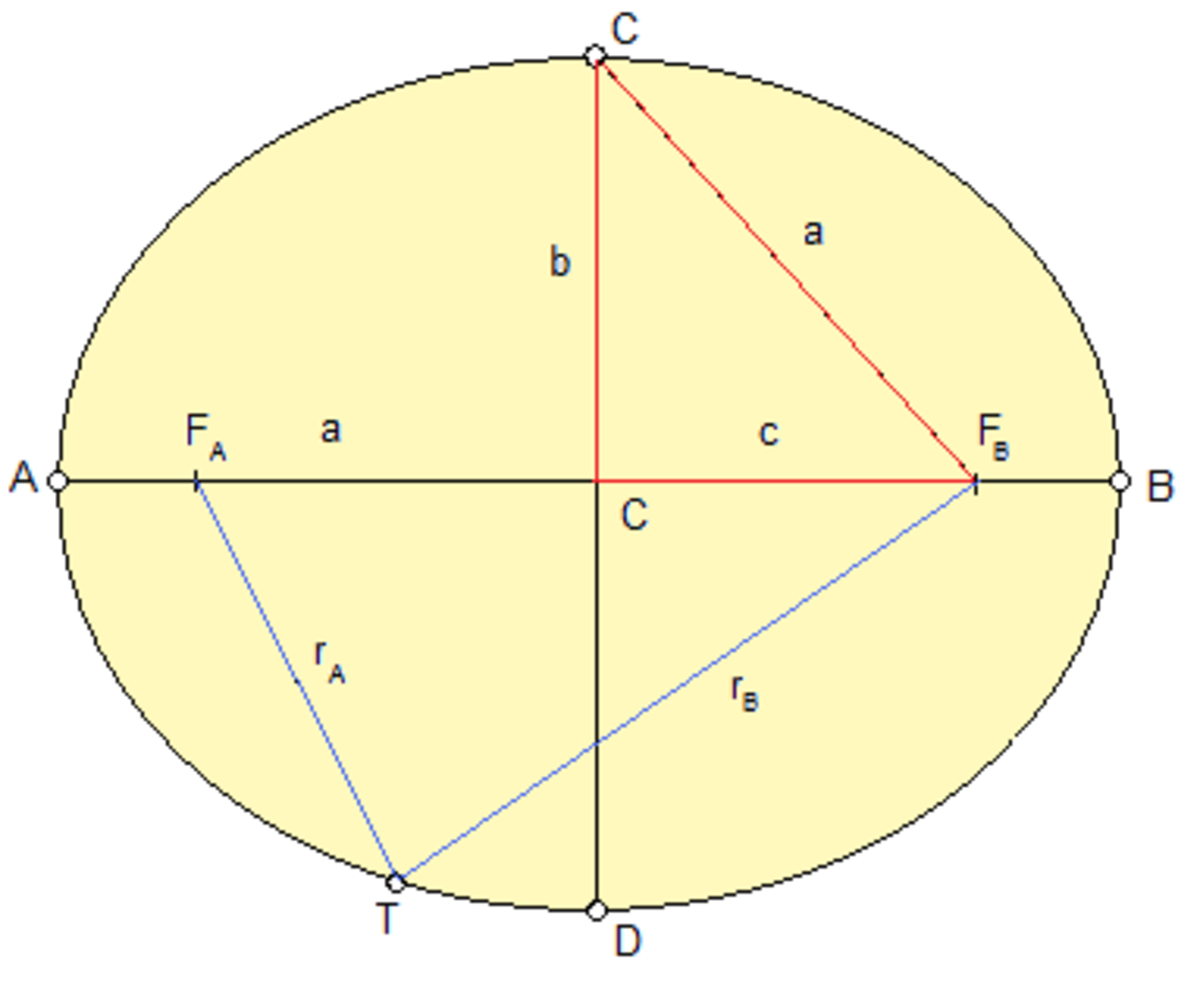Vulcan, The case for the "Planet"
Many potential candidates exist for the once seen Vulcan
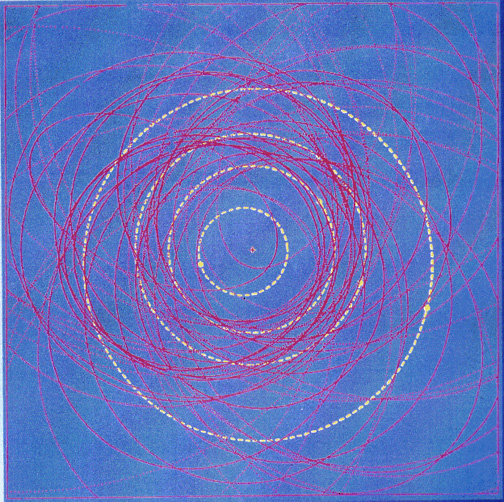
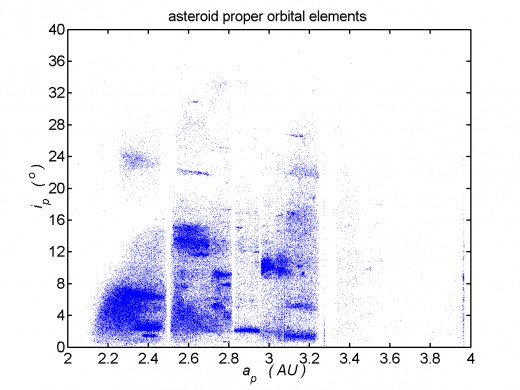
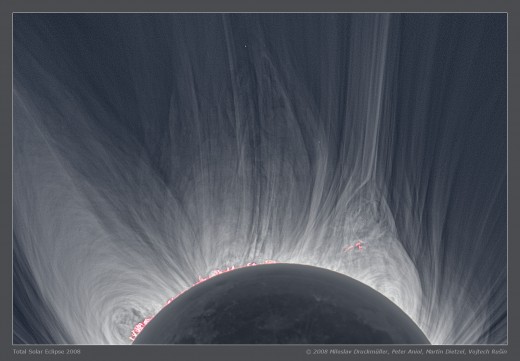
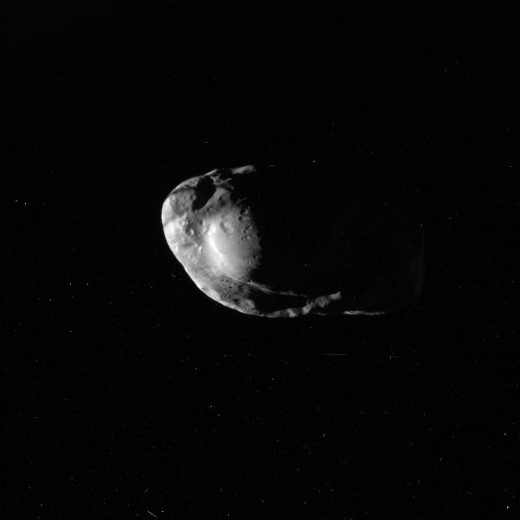
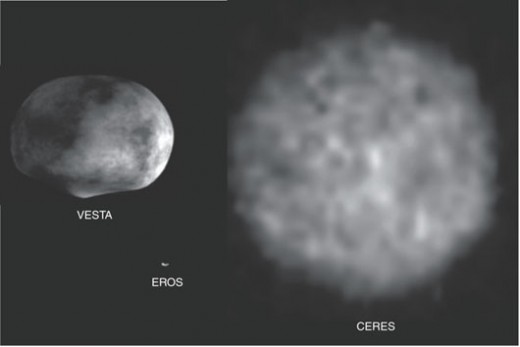
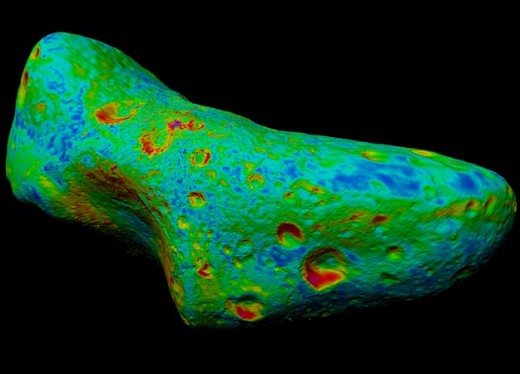
Vulcan, a 19th century mystery planet has been solved, sort of.
The search for Vulcan today with our wide array of sophisticated space born equipment has yielded nothing by way of a planetary body orbiting the sun inside the orbit of Mercury, nor between Venus and Mercury nor between Venus and Earth. Anomalies have been seen from time to time, but they were temporary and many ideas have surfaced concerning them, such as aliens coming to rescue humanity and the like. But anomalies can have alternate explanations like solar related phenomena, static, space dust and so on. It may have occurred in the distant past when planetesimals existed in the billions where the inner planets now orbit. What we have found is interesting enough by way of comets and asteroids. Further, with our understanding into complex orbital dynamics we can appreciate to possibility of highly elliptical orbits and rogue planets entering the solar system from extra-solar system space. It is these issues that will be addressed
A French doctor and amateur astronomer named Lescarbault claimed to have observed a planet orbiting closer to the sun than Mercury. He called his find Vulcan after the Roman fire god. He calculated the planet's movements to determine critical orbital elements and sent the information onto the French astronomer Urbain Le Verrier. Le Verrier in observing the planets, already noticed that Mercury deviated from its orbit. Le Verrier checked out all the other reports and found other astronomers had also seen a small dark disc transiting across the sun. Nothing is reported of bodies seen before or after they cross the limb of the sun, despite difficulties seeing something that close to the sun. Nevertheless, if we know where to look, we can see planets like Mercury or Venus close to the limb of the sun.
A planet like the theorized Vulcan, would fit nicely with the gravitational anomalies of Mercury, but for one thing, the explanations of Albert Einstein. It is evident that something did occur, but it may have been a one time shot. Le Verrier decided to pay the doctor a visit to make further determinations. He found that Lescarbault's telescope was of poor quality and presented distorted images, but this did not phase his own beliefs. Even though this was true, calculations made with this inferior equipment allowed Le Verrier to come to the conclusion that the new planet Vulcan was 13 million miles from the sun and that it orbited the sun in about twenty days to complete.
Today we make new finds daily with the help of SOHO, Hubble and a battery of other equipment in all wavelengths. Among these finds are families of asteroids that orbit inside the Earth's orbit, some of which graze the sun. Another find has discovered asteroids close to Earth's orbit that travel in a complex horseshoe orbit over 400 years. So then, what was Vulcan?
Vulcan might be a body on a highly elliptical orbit, the perihelion of which grazes the sun. Vulcan could be a solar system penetrating body from deep space. We can speculate on thus due to planets found in the Orion nebula that are forming well away from any star. These planets do not orbit stars, but orbit the galactic center like all stars as a whole. We know these bodies all have orbits that can intersect the orbits of other bodies including stars and stellar planetary systems. Our solar system is just one of billions of possibilities for intersection. As small bodies far outnumber larger ones, the chances of penetration from outside is much greater than with something like a Jupiter sized body.
Was Vulcan an asteroid orbiting just inside the orbit of Earth? There are three families of "Earth crossing" asteroids; the Apollos, The Atens and Amors, any one of which could be mistaken for a planet with inferior equipment. The most likely ones wherein Vulcan exists are the Apollos. The view of their travel would be in such a manner to mimic a close encounter with the sun. Vulcan might have been a sighting of one of these. With viewing by inferior equipment, it is possible that orbital elements could have been miscalculated from insufficient information. We know that Vulcan is not a solar system planet, because of its absence and also; the orbital dynamics of all the other planets would have caused three fates; to be absorbed by the sun, absorbed by a planet or ejected from the solar system to become a rogue planet.
Today we can find planets thousands of light years away, but can't find Vulcan. Clearly Vulcan was a case of mistaken identity. It still exists and is likely an asteroid still in our neighbourhood. Refining our search again could possibly identify just which one of the chaotically orbiting Earth crossers it is. It may have already been found and is called by another name today.


